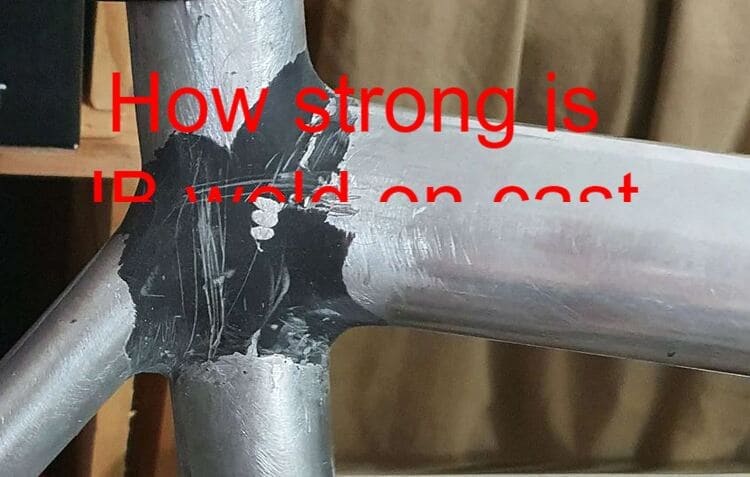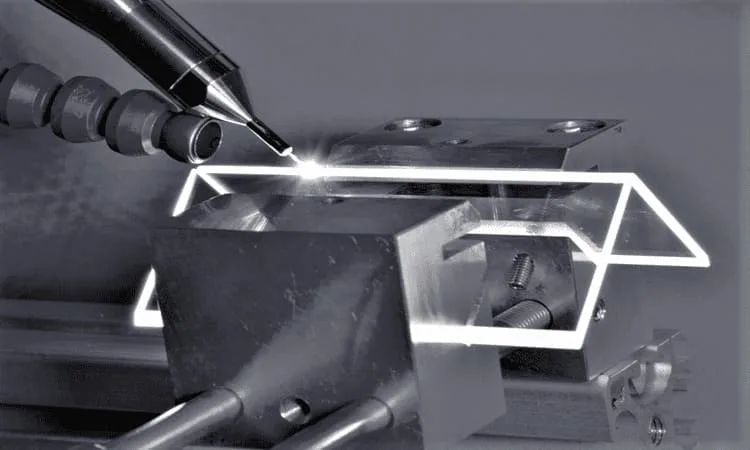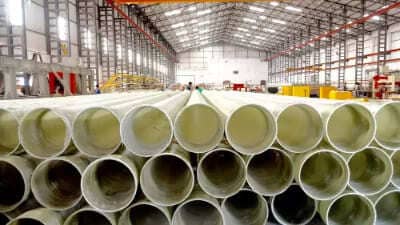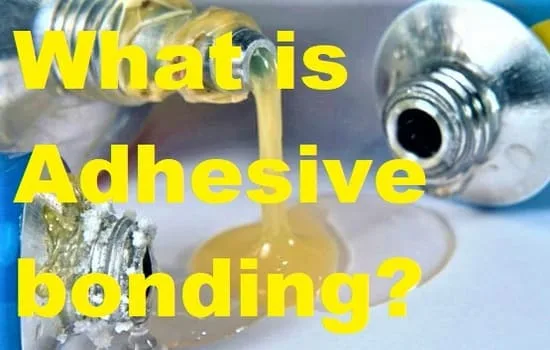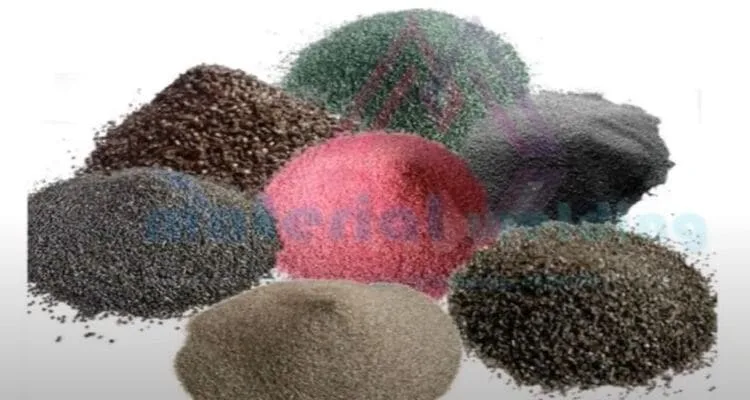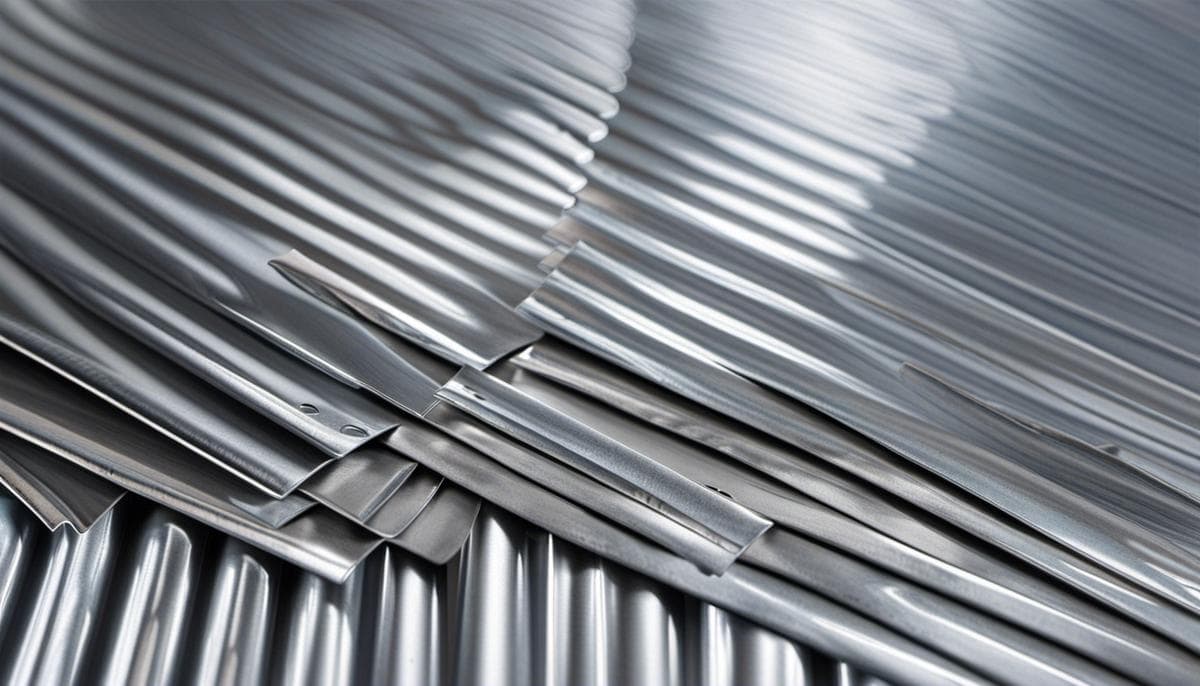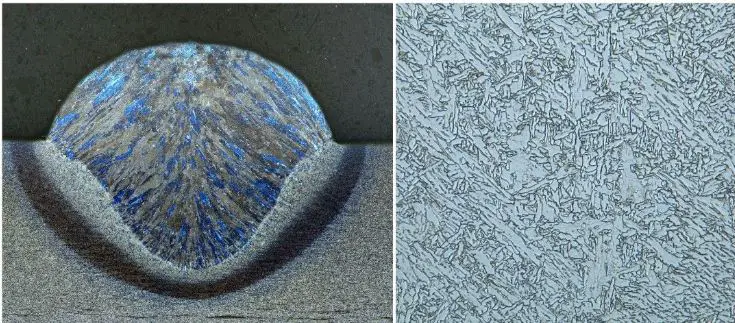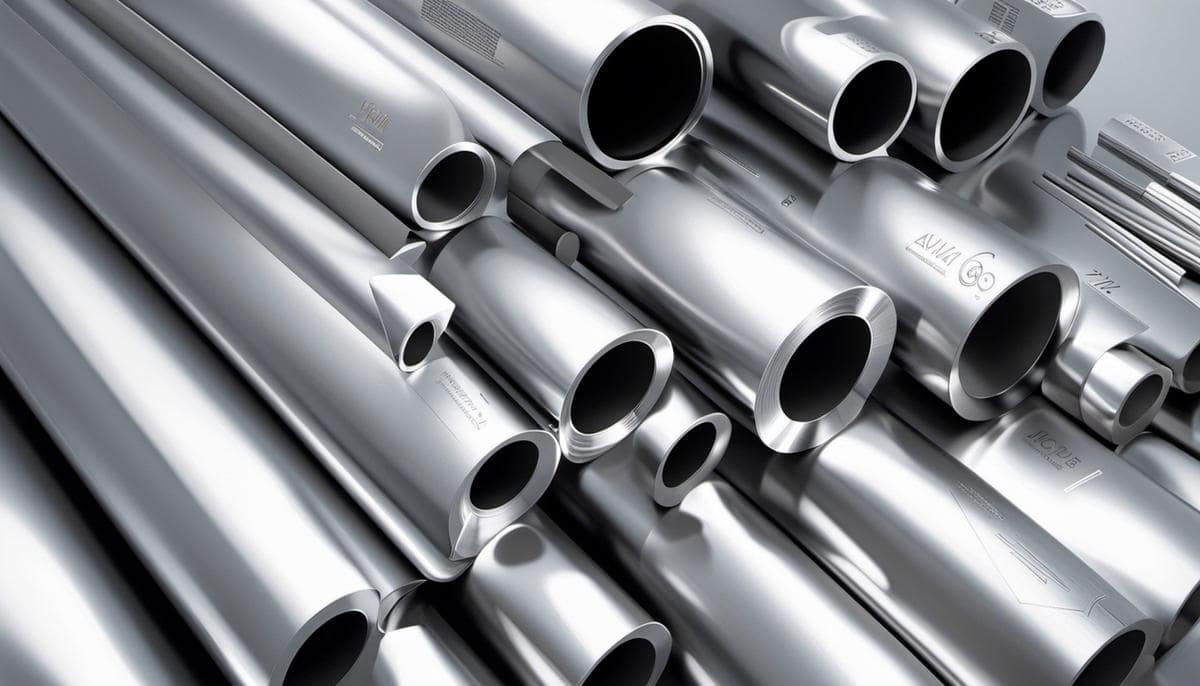Whether you’re seeking to mend a chipped vase or working on creating a glass artefact, the comprehensive adhesive solutions offered by JB Weld stand unparalleled. In this enlightening exploration, we dive into the fascinating world of JB Weld products, especially its highly-rated glass repair solutions.
Providing a detailed understanding of the company and its roots, our journey immerses into what JB Weld signifies and the vast product range it endorses.
Delving specifically into JB Weld for glass, we analyze the product composition, its functioning, and the unique applications that set it apart from other glass bonding products in the market.
Understanding JB Weld Products
About JB Weld Company
JB Weld is an internationally recognized company that specializes in producing adhesive products. Founded in 1968 in the United States, JB Weld has grown to become a global leader in the adhesive market. The company prides itself on manufacturing high-quality, durable, and industrial strength adhesive solutions that are made to endure all types of environments and applications.
Understanding JB Weld Product Range
The product range of JB Weld is vast, encompassing a wide variety of epoxy and specialty adhesives. Every product is designed to cater to an array of materials and surfaces, including metal, wood, plastic, and most notably, glass. The company’s product range for glass repairs, in particular, stands out in the market due to its high performance and industrial strength.
JB Weld for Glass Repairs
Within the JB Weld range, there are products specifically formulated for glass repairs – most notably, the JB Weld ClearWeld and JB Weld Windshield Saver.
ClearWeld is a quick-setting, multipurpose two-part epoxy that provides a strong and lasting bond on various surfaces, including glass. ClearWeld is designed to cure with a clear, transparent bond when used at thickness up to 15 mil.
The JB Weld Windshield Saver, on the other hand, is a specialized product designed to prevent and repair small cracks and chips on car windshields. It helps to prevent further spreading of damage, offering a cost-effective solution for windscreen repairs.
Preference for JB Weld in Glass Repairs
JB Weld’s glass repair solutions are often a preferred choice for both professional and home DIY applications. This is mainly because of their reputably high strength and durability, versatility in applications, and ease of use. Additionally, JB Weld’s epoxy solutions create clear, almost invisible repairs, making them ideal for aesthetic-sensitive glass repairs like windshields or household glass items.
Selecting JB Weld: Key Considerations
Renowned for its robustness, JB Weld’s variety of adhesives boast impressive strength, with some products claiming resistance of up to 3960 PSI (Pounds per Square Inch). This impressive resilience, combined with resistance to extreme heat, cold, and other severe environmental conditions, underscores their durability.
Cost-effectiveness is another significant selling point of JB Weld. When compared to the often pricey professional repair services, using JB Weld for glass repairs is an economical alternative that doesn’t sacrifice repair quality.
Even those with limited technical knowledge can easily apply JB Weld products, thanks to their user-friendly nature. The products come with straightforward instructions that walk users through the entire process from surface preparation, adhesive application, to drying and curing.
In addition to these product features, JB Weld has a long-standing history and reputable standing in the adhesive industry, leading many consumers to trust and prefer their products. The brand’s continuous innovation and expansion of its product line further solidify its top market position and responsiveness to evolving customer needs.
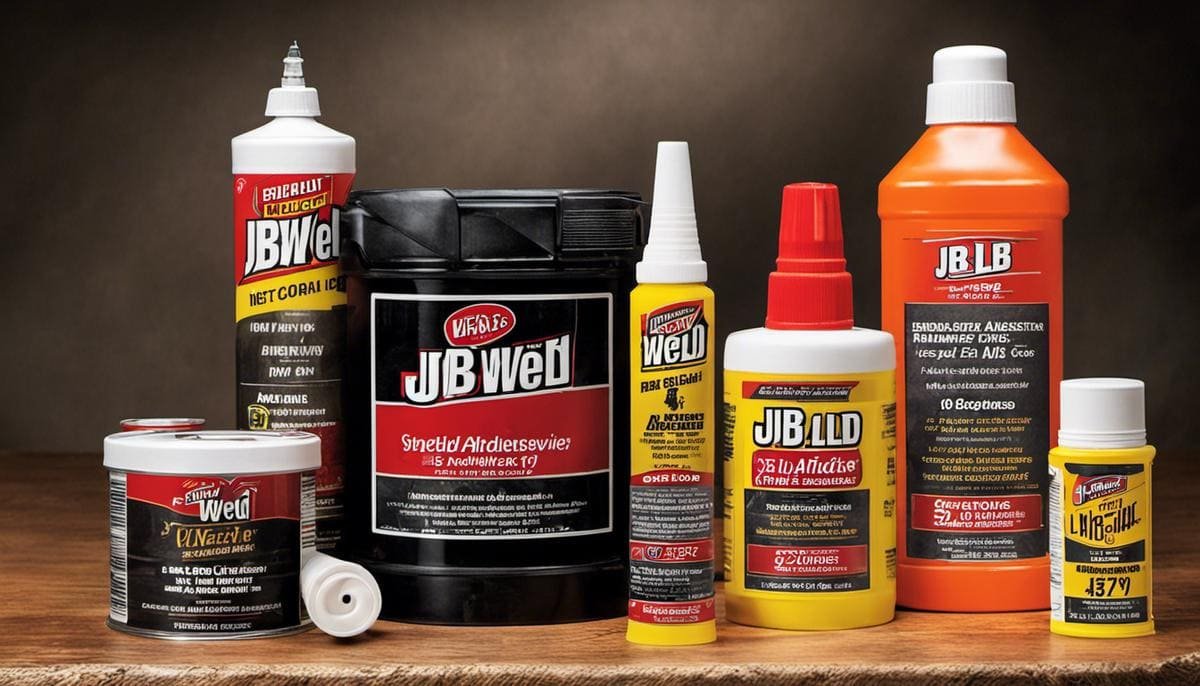
Exploring JB Weld for Glass
Decoding JB Weld for Glass: Ingredients and Operation
JB Weld is a leading brand in the industrial-strength adhesive industry, and its glass product is characterised by its distinctive formulation and function. The JB Weld for Glass is a two-part epoxy system that includes a resin, the primary adhesive substance, and a hardener that stimulates the curing process to enhance the adhesive’s strength.
When combined in equal quantities, the two components create a powerful bond to fill cracks or join broken glass pieces. This special interaction between the resin and hardener not only ensures the repaired area maintains transparency but also withstands harsh environmental conditions.
Contrary to regular adhesives, JB Weld for Glass is neither vinyl-based nor acetone-based, implying it won’t easily decompose or deteriorate under weather effects, which underlines its high durability. Its resistance to solvents and water boosts its longevity further. Therefore, it provides superior adhesive performance compared to many alternatives in the market.
Specific Applications of JB Weld for Glass
The applications of JB Weld for Glass are myriad due to its versatile nature. It can be used for repairing various kinds of glass articles, from automotive glass windows and windshields to decorative glass art pieces and household items made of glass.
In the automotive industry, it has found its application in repairing cracked windshields or side windows, and even fixing the rearview mirrors back to their base. This is attributed to JB Weld’s resilience to weathering, high temperatures, and its strong adhesive strength that lasts long without coming off.
Household uses of JB Weld for Glass include repairing glassware, vases, dinnerware, crystal glass pieces, and even fixing your favorite ceramic Mug or tile. It’s equally popular with hobbyists for creating glass art pieces because it maintains its clear colorless appearance even after drying, blending perfectly with any color palette.
JB Weld for Glass is also commonly used in commercial and industrial spaces to repair larger glass structures like windows, glass doors, or counters due to its ability to bond large surfaces effectively.
The Advantage of JB Weld for Glass
JB Weld for Glass stands out from other glass bonders due to its rapid curing time. Unlike numerous adhesives demanding an extended curing time or even the use of heat for proper hardening, JB Weld completes its setting process in just 4 to 6 hours and fully cures within 15 to 24 hours under standard room conditions.
In addition to this, its ability to endure high temperatures of up to 550°F (287°C) after complete curing, separates it from various bonding agents that falter under such harsh conditions. Furthermore, JB Weld for Glass exhibits an impressive resistance to water and solvents, unlike many other glass adhesives. This trait ensures superior durability and lifespan.
To wrap it up, thanks to JB Weld for Glass’s exceptional blend, efficiency, and diverse application fields, it stands as an excellent option for those seeking a robust, enduring, and flexible glass adhesive.
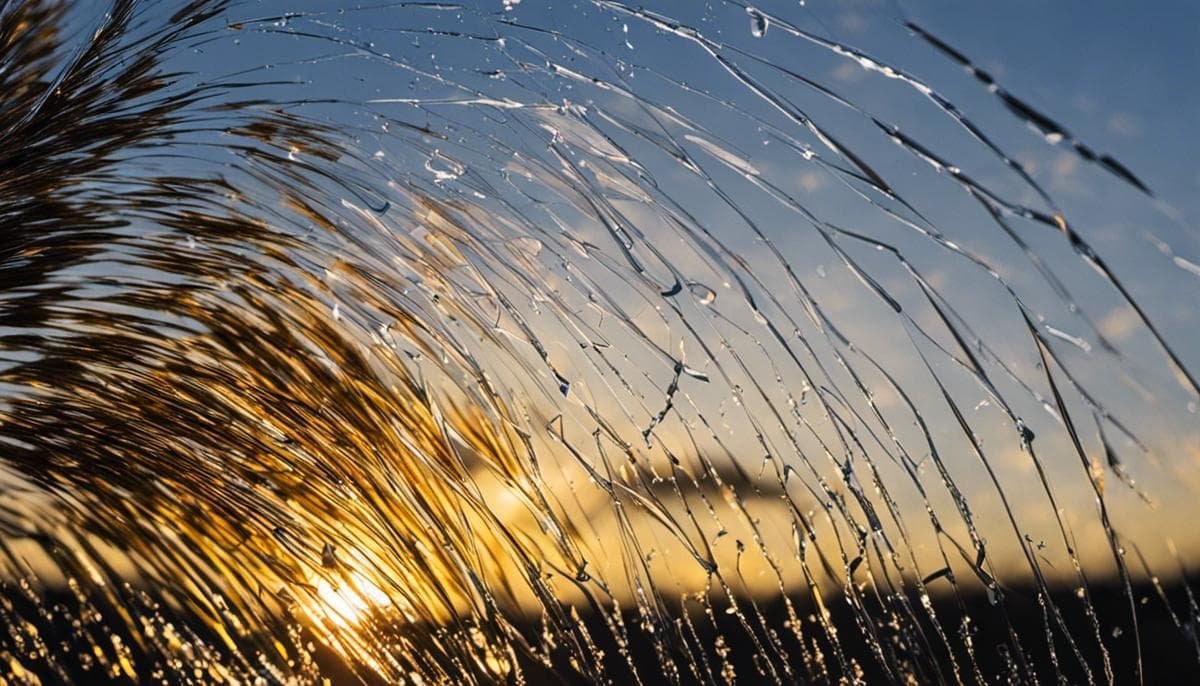
Practical Guide – Applying JB Weld on Glass
Diving Deeper Into JB Weld for Glass
Regarded as a powerful epoxy adhesive or filler, JB Weld can successfully bond a wide variety of materials, glass being one among them. The exceptional strength and versatility of JB Weld have made it a favorite tool for DIY repair enthusiasts. The brand offers multiple products, including some conceived specifically for glass, ensuring a trustworthy and effective repair solution. However, applying JB Weld on glass comes with its unique features and nuances.
Preparation Phase
Before applying JB Weld on glass, ensure that the glass surface is clean and free from greases, oils, dirt, and dust. This can be achieved with isopropyl alcohol or any grease-cutting dish detergent, thoroughly cleaning the surface where the JB Weld will be applied. Also, it’s advisable to wear gloves to prevent skin contact with the epoxy.
Mixing the JB Weld Epoxy
JB Weld epoxy consists of two parts – a hardener and a resin. These need to be mixed in equal measures to activate the epoxy. You can mix the epoxy on a disposable surface using tools like a plastic knife or spatula. Once fully mixed, the epoxy turns to a uniform gray color and is ready for application.
Application of JB Weld
To apply the JB Weld to the glass, use a putty knife, spreader, or similar tool. Ensure the epoxy is evenly distributed across the surface to avoid bubbles or other imperfections. Apply the epoxy to both surfaces that need to be joined, gently pressing them together for a firm hold.
Curing Time
After applying JB Weld, the curing time is critical. While JB Weld can dry to touch in a few hours under optimal conditions, it’s recommended to wait about 15-24 hours for it to cure fully. The precise time can, however, vary based on ambient conditions like temperature and humidity.
How to Achieve Optimal Results with JB Weld for Glass
-
To kick off, ensure the hardener and resin are adequately mixed before applying.
-
It’s integral to use this adhesive in an environment with enough ventilation to avoid inhaling any potentially harmful fumes.
-
Though JB Weld is capable of withstanding moderate temperatures, strive for a consistent room temperature during both application and curing for the best results.
-
Lastly, make certain to grip or clamp the surfaces being bonded together until the epoxy is dry to touch.
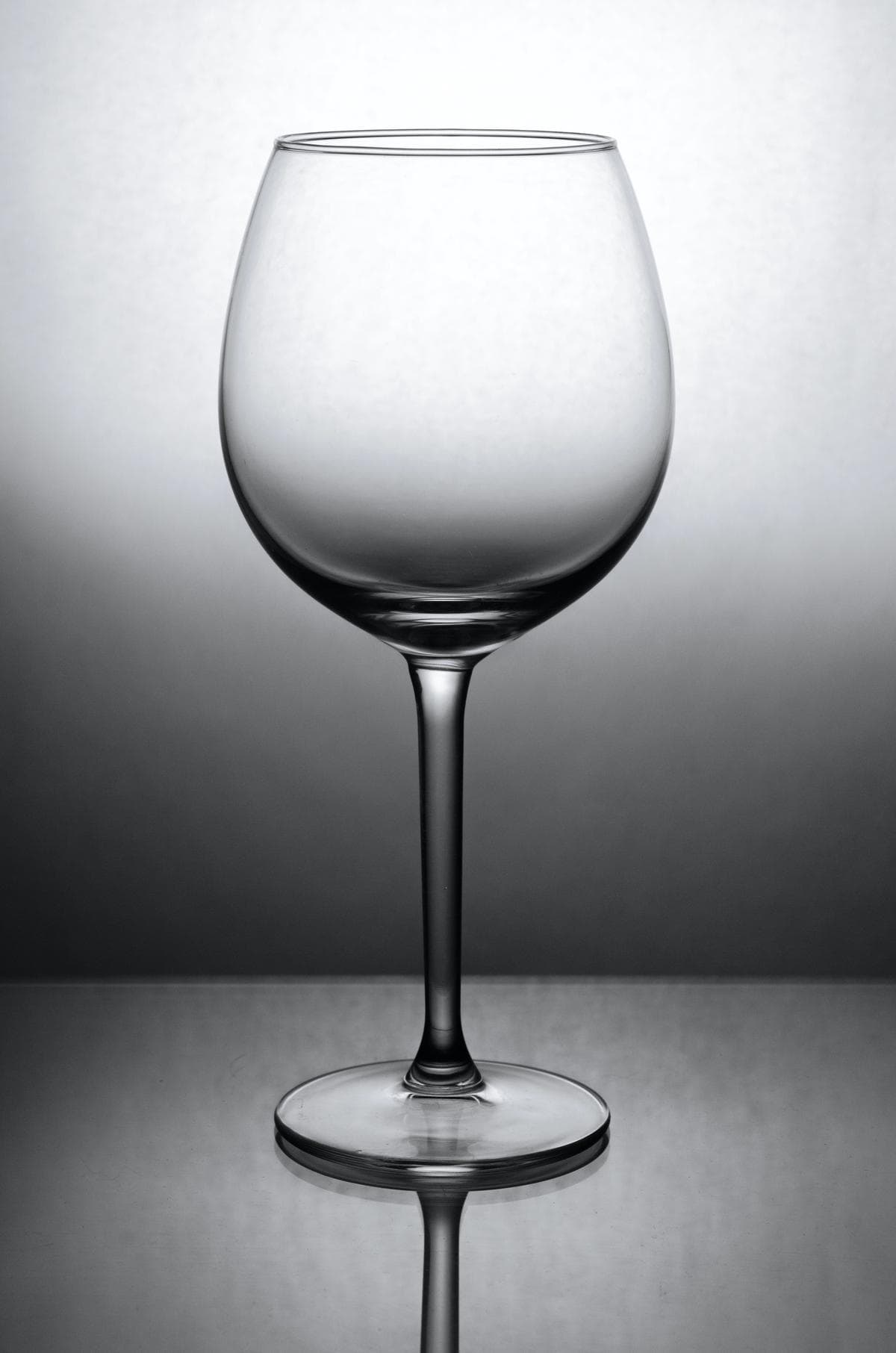
Safety Measures & Precautions
Precautionary Measures When Handling JB Weld for Glass
Proper Safety Equipment and Usage
When utilizing JB Weld for glass, your safety is paramount. Make sure to don the right safety gear, including gloves, safety glasses, and a protective apron if necessary. These prevent the adhesive from having any harmful contact with your skin or eyes. In addition, always use this product in spaces with sufficient ventilation to prevent the inhalation of fumes.
Storage and Disposal
Ensure to store JB Weld for glass correctly. Keep it out of reach of children and do not expose it to extreme temperatures. Frosting or crystallizing can occur if improperly stored. For disposal of excess product, check the local regulations, as they vary from area to area.
Accidental Contact with JB Weld for Glass
In case JB Weld for glass accidentally makes contact with your skin, it is vital to act quickly. Wash the affected area with warm water and non-abrasive soap to ensure complete removal. If contact with eyes occurs, flush them with water for at least 15 minutes and seek immediate medical attention. Do not try to open your eyes forcefully if they become glued shut.
Cleanup Instructions
Cleaning up after using JB Weld for glass requires special methods as well. If the adhesive ends up on surfaces where it is not wanted, it can be challenging to remove once it hardens. You should try to clean up any excess adhesive before it cures completely. This can be accomplished using warm water and soap, or a cloth soaked in acetone. Always follow safety precautions when using acetone, as it’s a flammable liquid and should not be used near heat or flame.
JB Weld for glass is a highly versatile and sturdy adhesive known for its strength and durability. However, one must remember that safety is of utmost importance when using any adhesive product. Ensuring correct and safe handling of this product can prevent potential harm to individuals and bystanders.
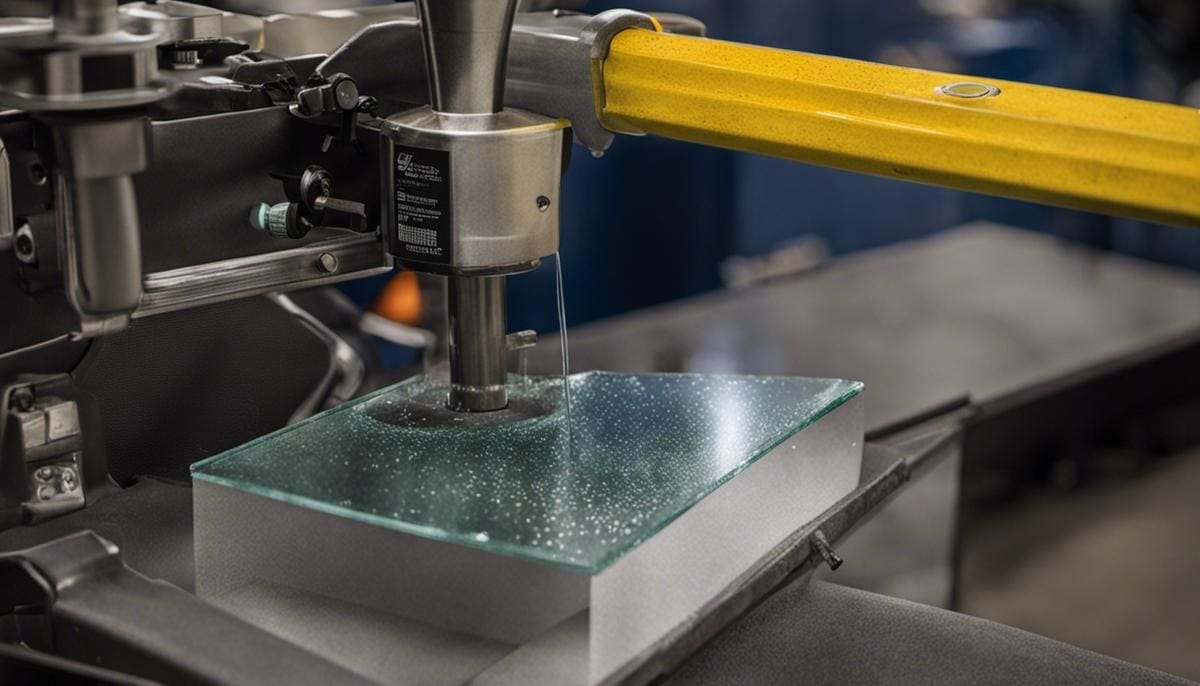
User Experiences and Comparisons
Consumers’ Perspectives on JB Weld for Glass
Countless users of JB Weld for glass have professed their satisfaction with the product, heavily attesting to its durability and effectiveness. One intriguing testament came from an aquarium owner who used this adhesive to mend a damaged glass tank. The fix turned out to be impressive, ensuring water-tightness for years.
In the automotive circle, JB Weld for glass has also found its well-deserved recognition. A car owner narrated his successful experience of mitigating a windshield crack with this product. He was thrilled to notice the decreased visibility of the crack, and the adhesive’s resilience, surviving numerous car washes and seasonal changes was commendable.
Additionally, hobbyists working with glass items, ornaments, and stained-glass window renovation projects had words of appreciation for JB Weld’s adhesive. Its power to restore and conserve typically irreplaceable items with barely discernible residue post-repair has earned its rightful place in their gear.
Comparison with Other Products
When compared to other similar products in the market, such as Gorilla Glass Glue, some users have favored JB Weld for its superior strength, flexibility, and the fact that it’s waterproof upon curing. According to a user-analyzed drill down, an extreme test involving two glass surfaces glued together with each of these adhesives showed that the Gorilla Glass Glue bond broke under stress while the JB Weld bond remained intact.
Several users, while acknowledging the effectiveness of other products like Loctite Glass Glue, have insisted on the higher resistance of JB Weld. In one user’s instance, a glass cabinet handle fixed with Loctite gave way after a few weeks, while a similar handle fixed with JB Weld remained sturdy even after several months, which reinforces JB Weld’s durability claim.
Another competitor, E6000 Craft Adhesive, while a favorite among crafters for its versatility on a multitude of surfaces, was considered less robust on glass by certain users when compared to JB Weld.
Before and After Photos: Visual Proof of Effectiveness
Users of JB Weld for glass often share impressive before and after photos to illustrate the product’s effectiveness. Images of broken glass items ranging from wine glasses, vases, to precious collector items, show a noticeable difference after the application of JB Weld. The seams where the adhesive was applied are often nearly invisible, showcasing the flawless finishing ability of JB Weld.
It is important to note that while JB Weld’s reputation for strength and durability is widely acknowledged, results may vary depending on the nature and scope of the damage to the glass. Nonetheless, user experiences and comparisons suggest that JB Weld has made a positive difference in many situations where glass mending was necessary.

Having delved deep into JB Weld’s world, we’ve unravelled the countless benefits of using their glass repair solutions. Tying this all up, we shared a practical guide on applying JB Weld on glass and detailed the essential safety measures to adhere when using the product. Drawing on real life experiences of users, we have highlighted the impressive qualities of JB Weld when put up against its market competitors.
As you move forward exploring JB Weld for glass, remember that a great repair isn’t just about the immediate fix, but the lasting bond that withstands the test of time. JB Weld’s effective products and approach to durable, quality repairs provide just that — a long-lasting bond that’s as clear as the glass it repairs.
